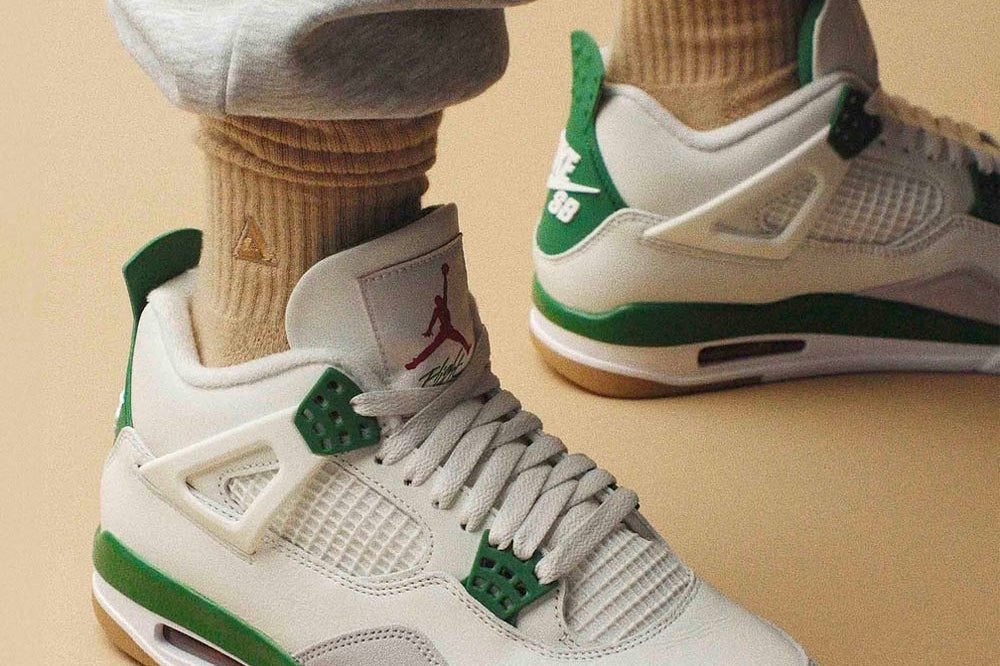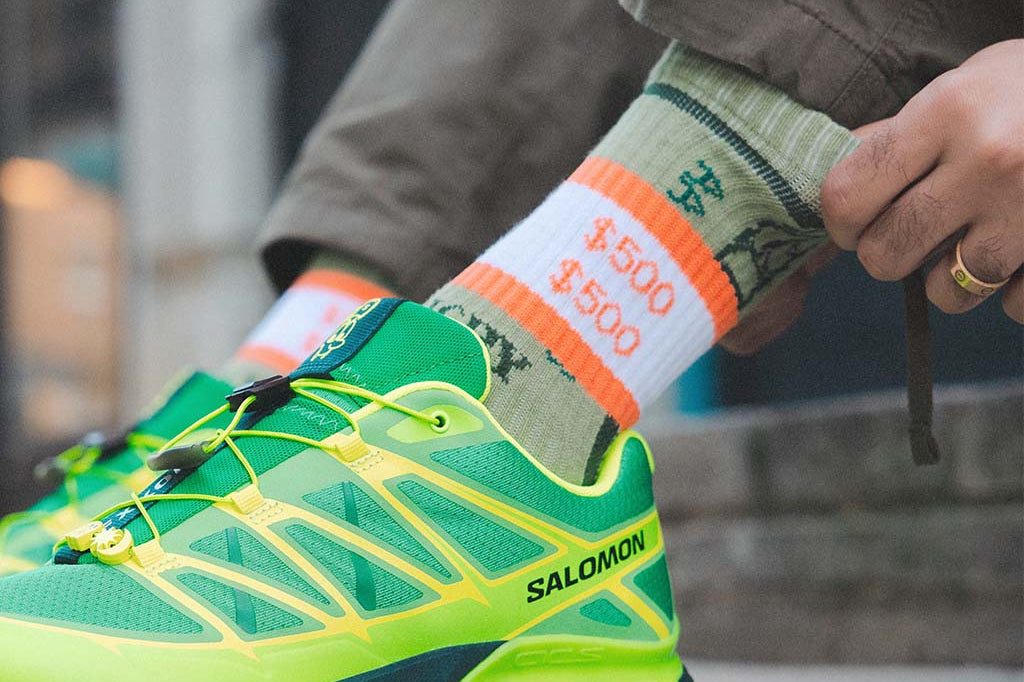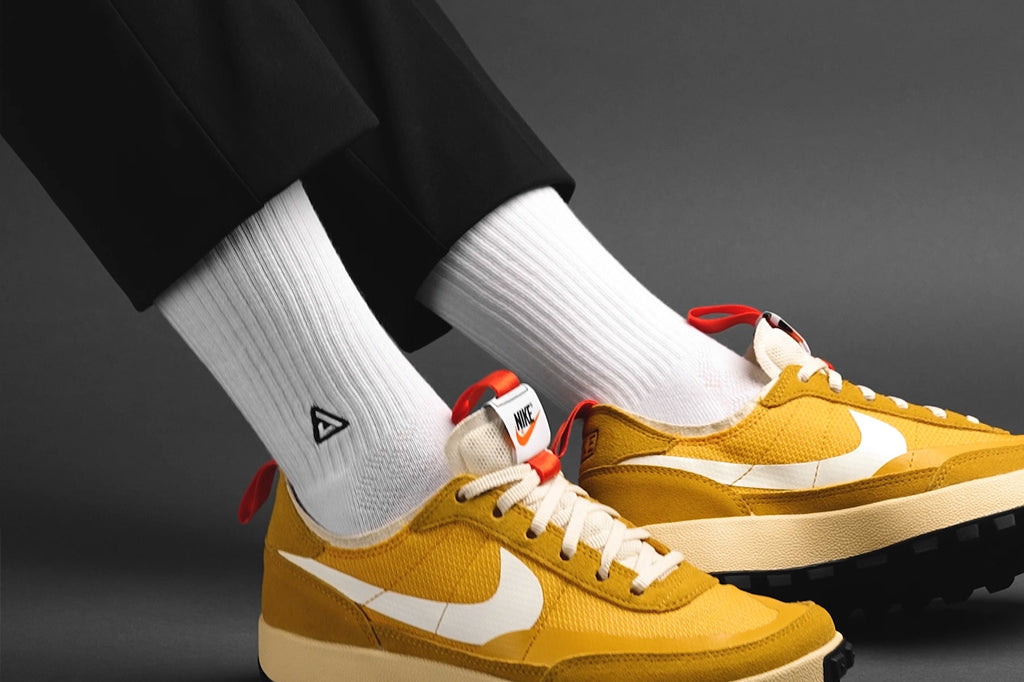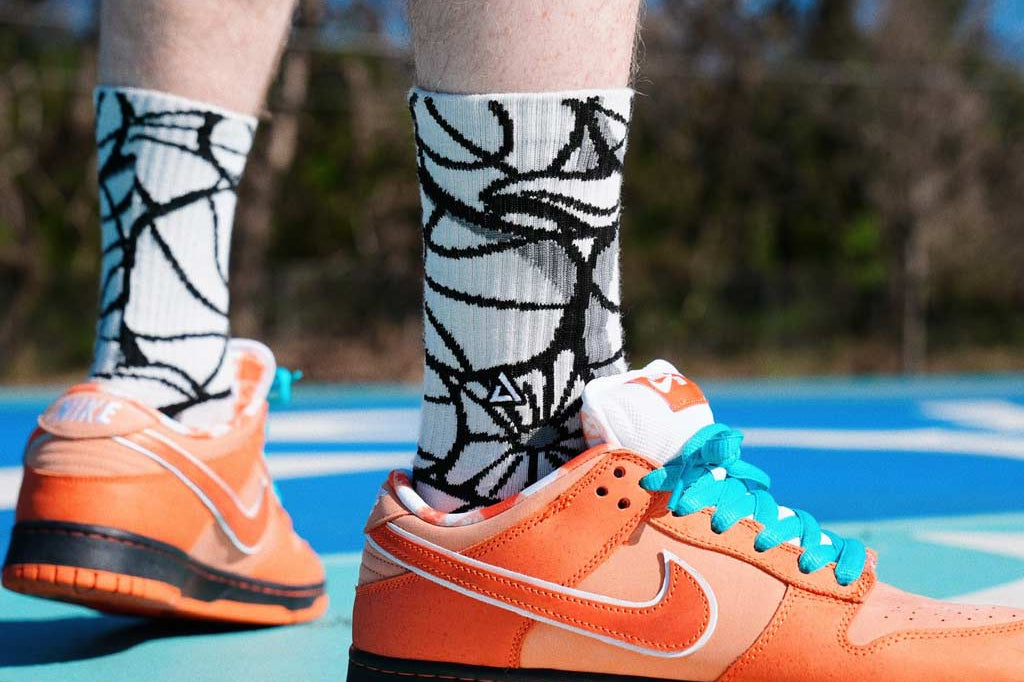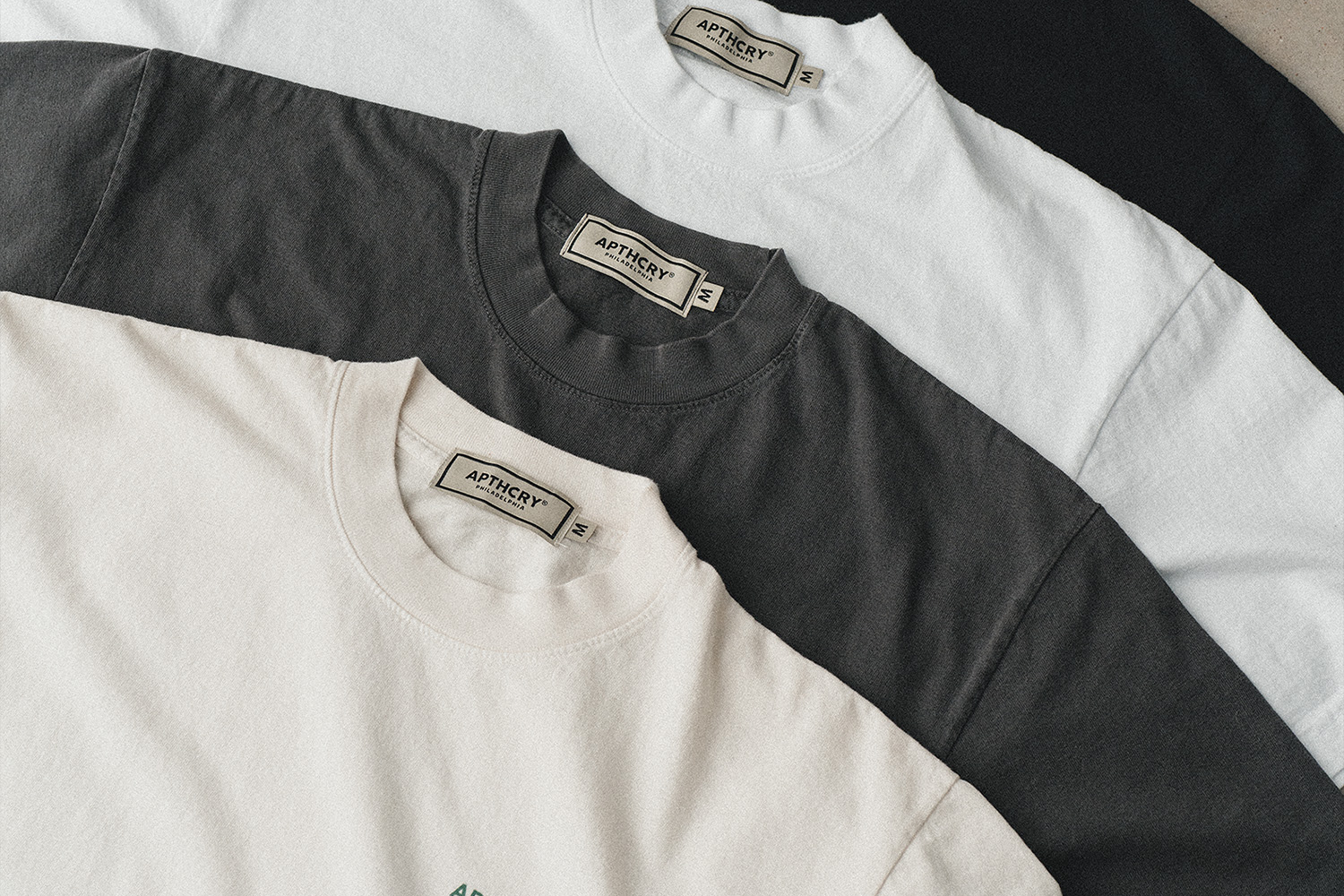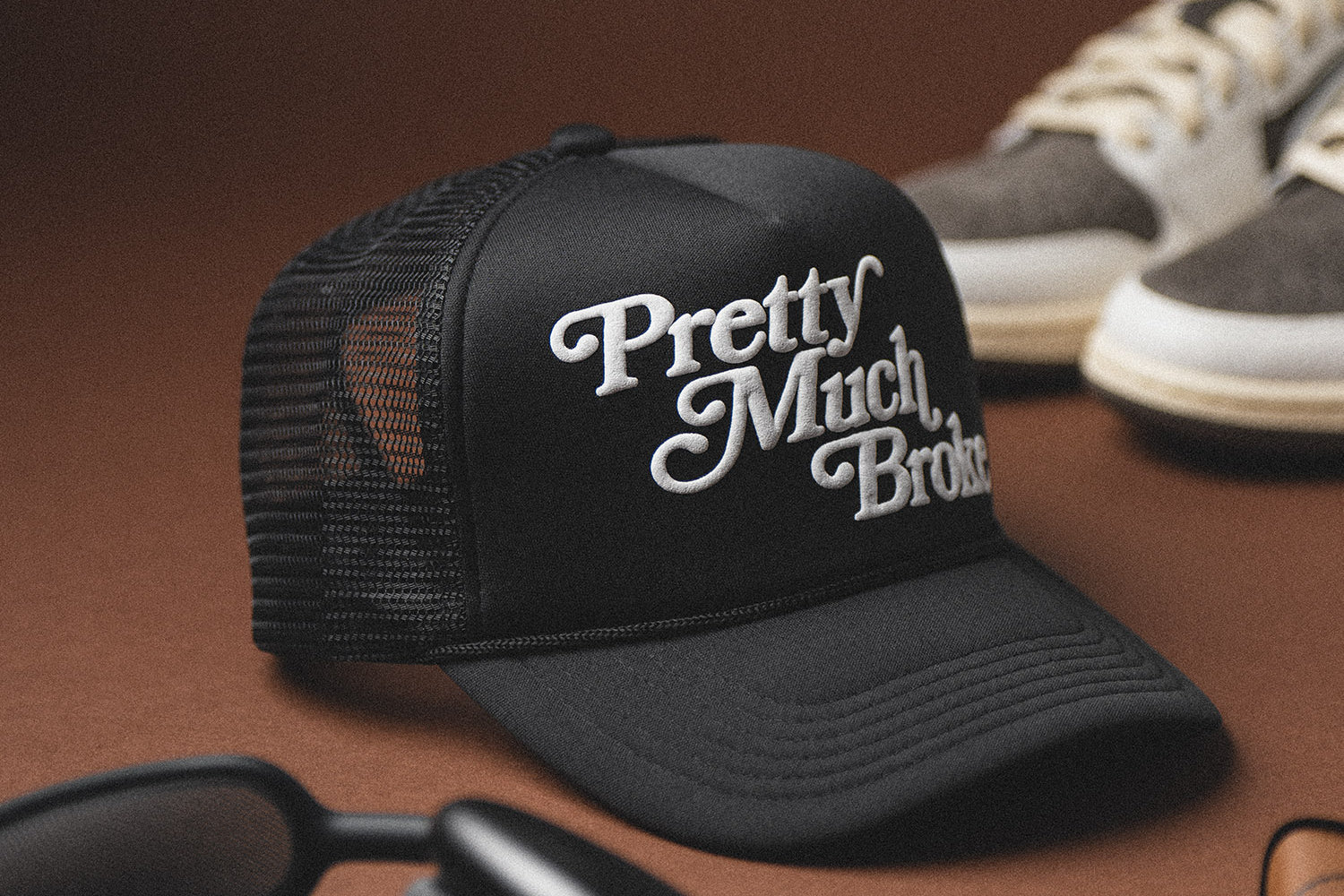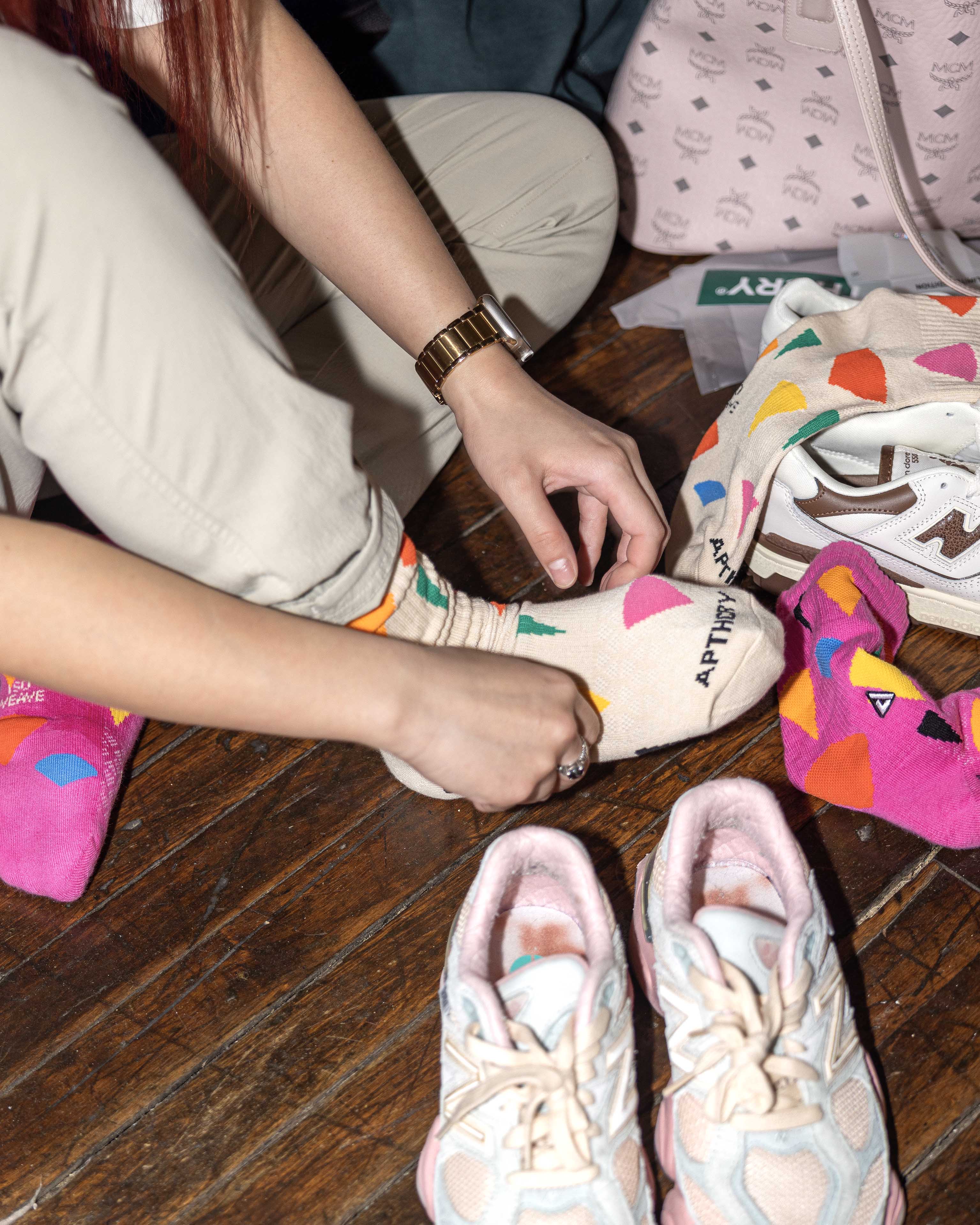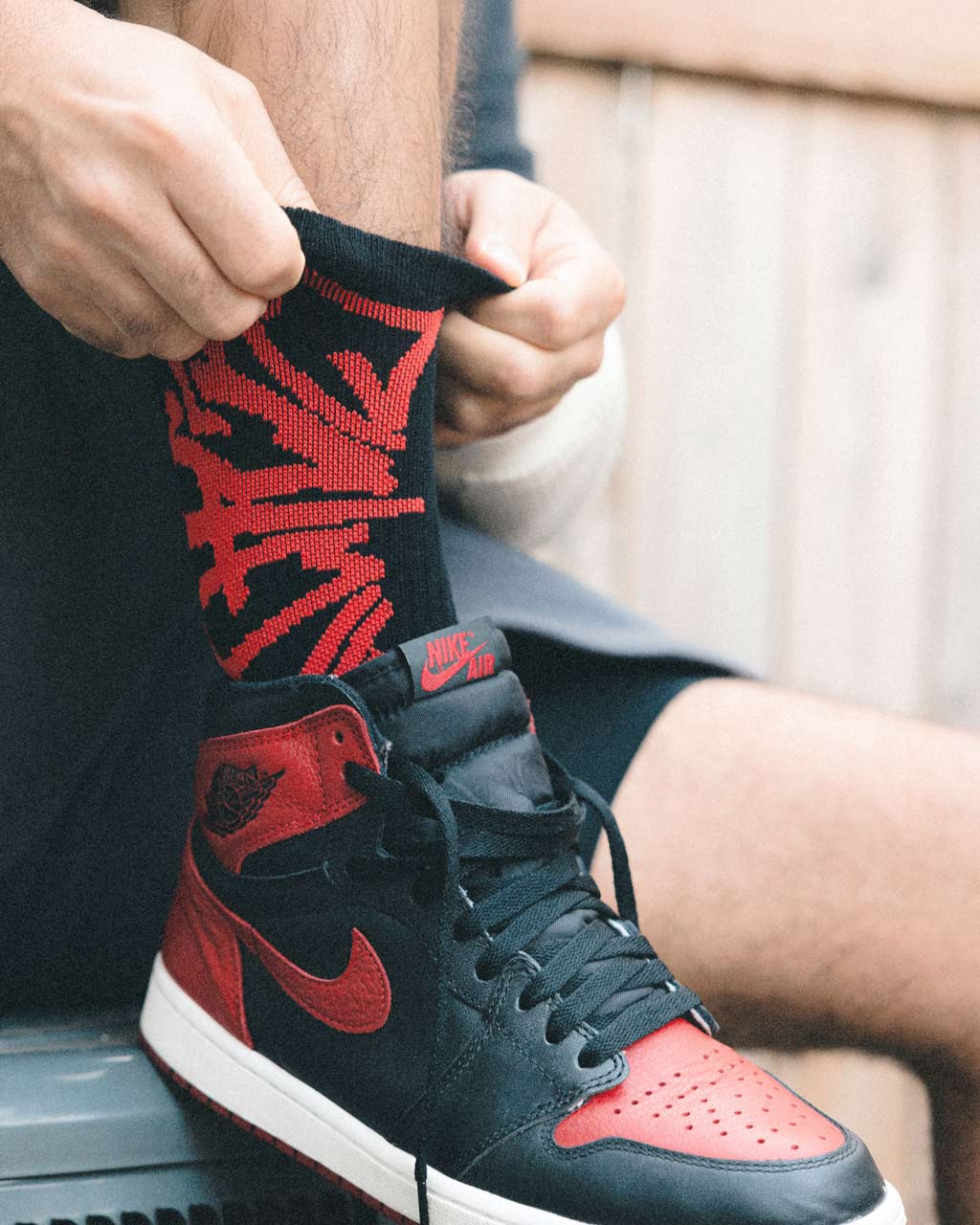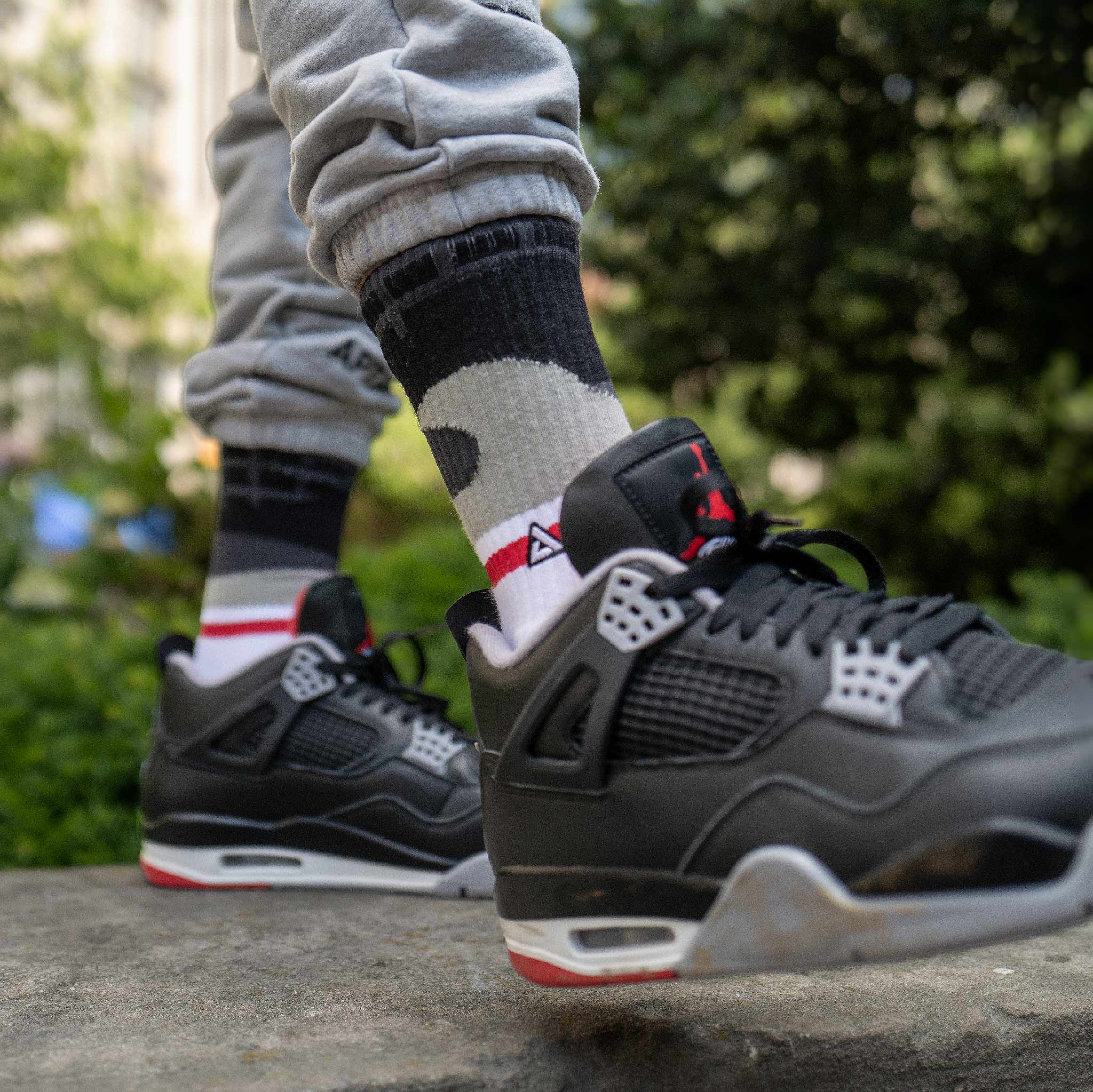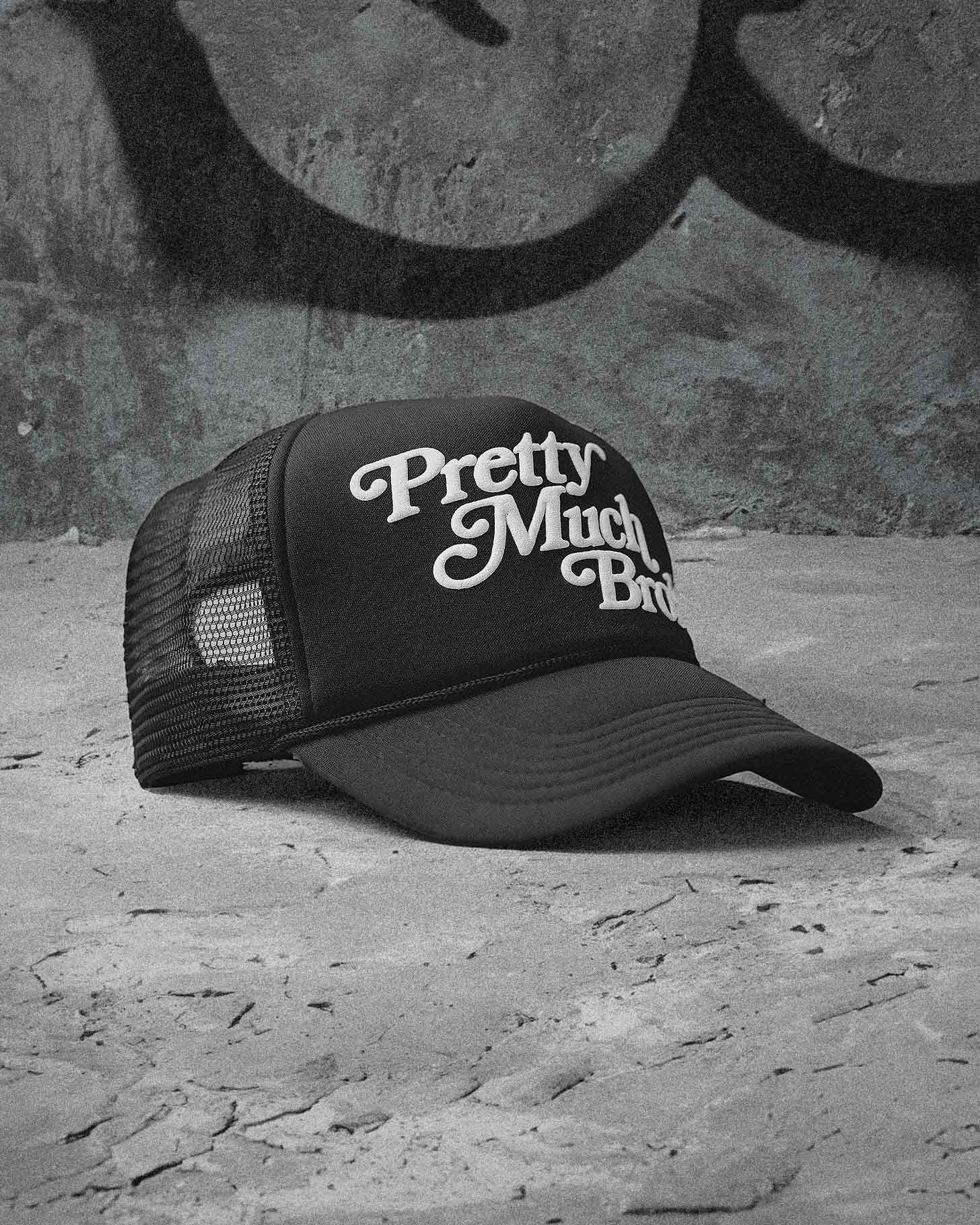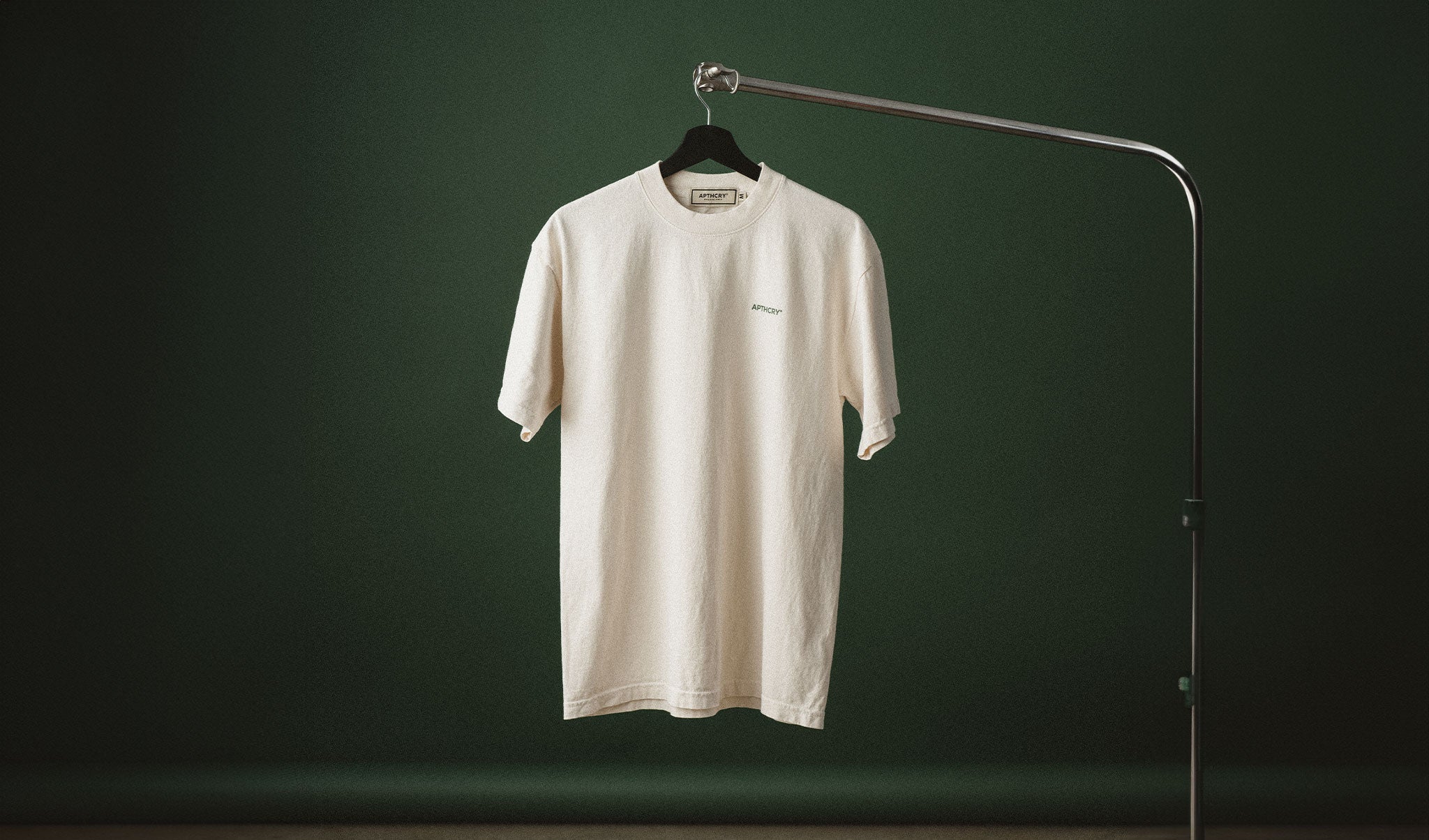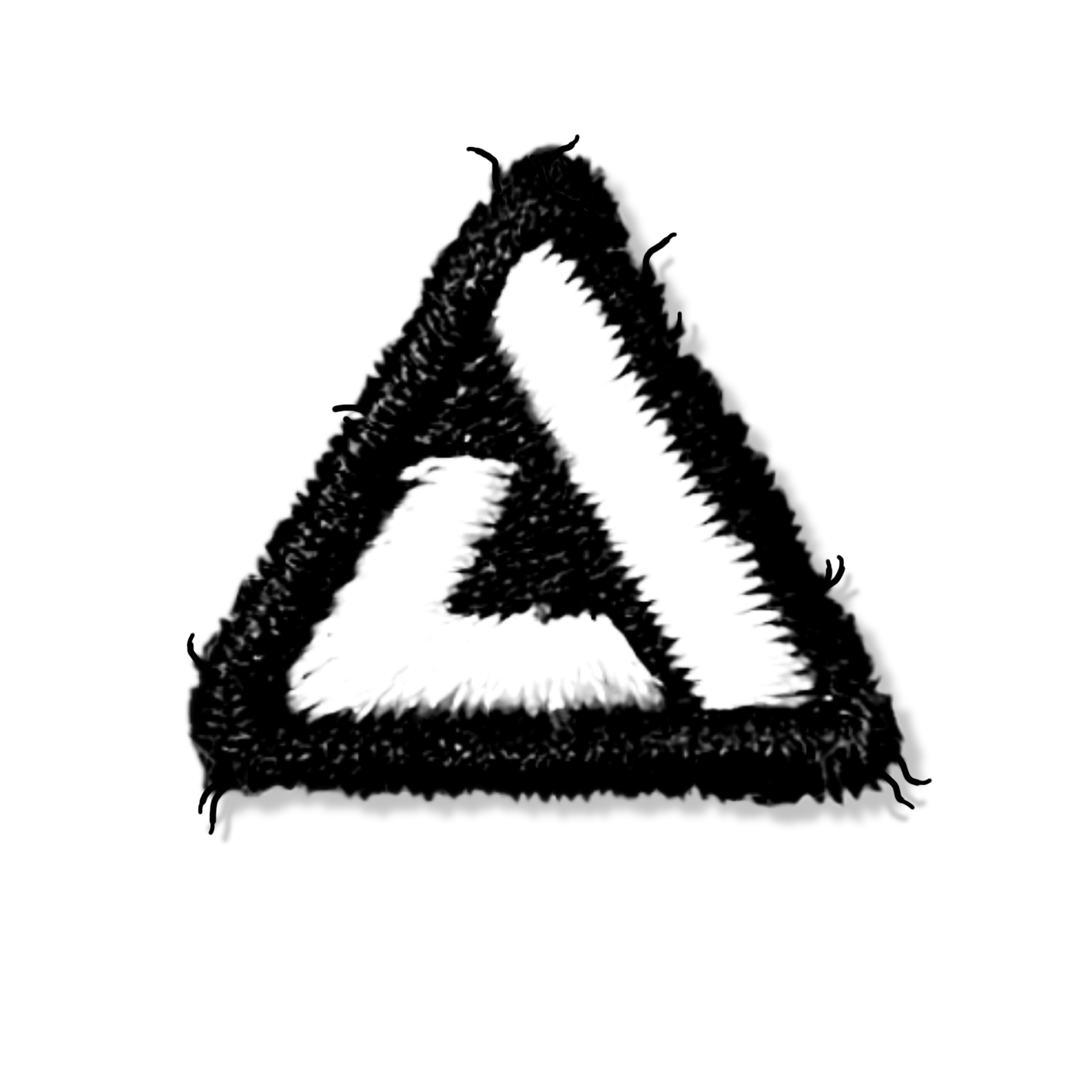
The sneaker resale market has exploded, with Sneakerheads eagerly buying and selling both new and used hype sneakers, Projecting Markets and Sneaker Values as if it were the stock market. While Selling both used and new kicks can be profitable, there are key differences that sellers should consider before diving into the resale game. Understanding these differences can help you make informed decisions about pricing, marketing, and inventory management.
When selling new hype sneakers, sellers typically enjoy a higher demand and can command premium prices. Brand-new sneakers in their original packaging come with the allure of scarcity and exclusivity, especially for limited-edition releases. Buyers are often willing to pay top dollar for pristine pairs, making it crucial for sellers to leverage platforms like StockX or GOAT, where authenticity is paramount. Sellers must also stay up-to-date on release dates and market trends to capitalize on demand and maximize profits.
In contrast, selling used hype sneakers presents its own unique challenges and opportunities. While used sneakers may fetch lower prices than new pairs, they can attract a different audience—those looking for deals on the sneaker grail that they have been eyeing or specific styles that are no longer available at retail. For many buyers, if they are buying the sneaker solely to wear, lightly used Sneakers could be the way to go. Since they can usually buy them much cheaper than the their deadstock counterparts. Using platforms like Grailed, Whatnot, and Sneaker conventions such as Sneakercon or Gotsole Sellers need to focus on the condition of the sneakers, providing detailed descriptions and high-quality images to showcase any wear and tear. Transparency about the shoe's history and authenticity is vital in building trust with potential buyers.
Ultimately, whether selling new or used sneakers, understanding the market and effectively communicating value will be key to success in the sneaker resale landscape.

